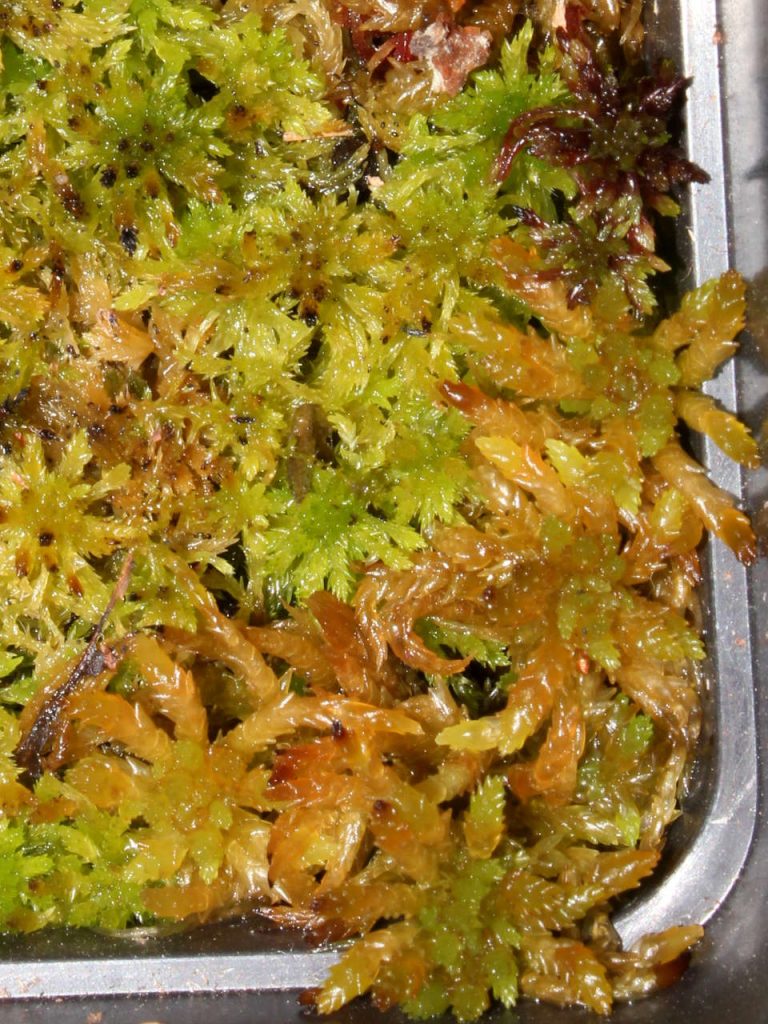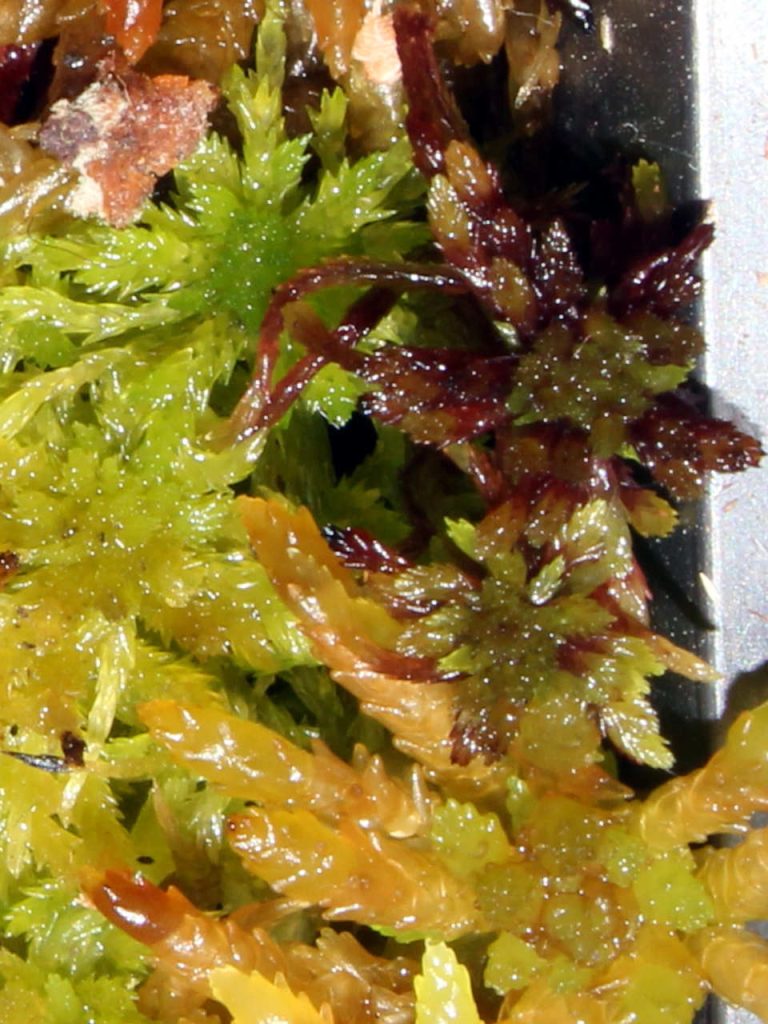Live sphagnum moss
Growing live sphagnum moss is not hard as long as you can offer it enough moisture, light and adequate air humidity.
A few words about sphagnum…
Naturally, sphagnum grows in wetlands all around the world. The problem is, it’s being overexploited and it’s rapidly losing ability to regrow. I have successfully started growing my own sphagnum moss some time ago. I keep it outside and try to maintain healthy amount intact, so it can fully regrow rapidly. By having my own source, I don’t need to buy it commercially or even worse poach it in the wild. Lately, I started planting moss inside with my carnivores and I noticed it is possible to keep it growing in pots as well. I’ve seen others do it, yet, I was skeptical, I can offer them proper conditions.
How to plant sphagnum moss
When growing sphagnum you need to keep a few things in mind. Like other bog plants, it needs a lot of water, proper light, it hates heat, suffers when air is dry and doesn’t tolerate high salts content dissolved in water.
Most of the plant, when you pluck it out is actually old dead tissue which is usually yellow to brown colored. The top part (sphagnum head) color can range from green to red and is actively growing part of the plant. The dead tissue still has a function, though – it wicks the water from the water level upwards, supplying it to the heads which are above water and could (would) otherwise dry out. By disturbing the moss in the wild, you can damage it and cause it to dry and die.
Place the sphagnum on top of the peat based (non-fertilized) substrate and push the lower parts into the substrate, making sure the moss heads are turned upwards and the dead tissue below is able to wick the moisture. I usually add some sphagnum that is in bad shape on top of peat, it keeps it in place when watering and keeps moisture high.
When everything is prepared, I poke a hole in the substrate and use forceps to insert the sphagnum as deep as possible without breaking the stem.
When I’m happy with the result, I add carnivores or start growing the moss alone to add the plants later.
How to care for sphagnum moss
It’s best to keep water level slightly below the sphagnum layer. Dead part of sphagnum should remain in water or saturated peat. If water level gets low, moss can start getting dark brown growing tips. At that point, it’s best to water it thoroughly, discarding the water that drains out. I often partly submerge the whole pot for a short time to flush out the salt and humic acids buildup. The browning of the moss happens due to humic acid buildup in the growing points. Same often happens with carnivore plants but usually happens later when concentrations get even higher. It can lead to necrosis which means the affected moss or plants eventually die. It’s not that damaging if concentrations are low or the buildup doesn’t last long enough to cause damage.
Moss like regular misting or spraying with distilled, reverse-osmosis or rainwater. It keeps air humidity up and reduces humic acid buildup.
For proper growth, sphagnum needs ample amount of light. It should be kept away from direct sun in well lit location. I keep them under LED grow lights.


